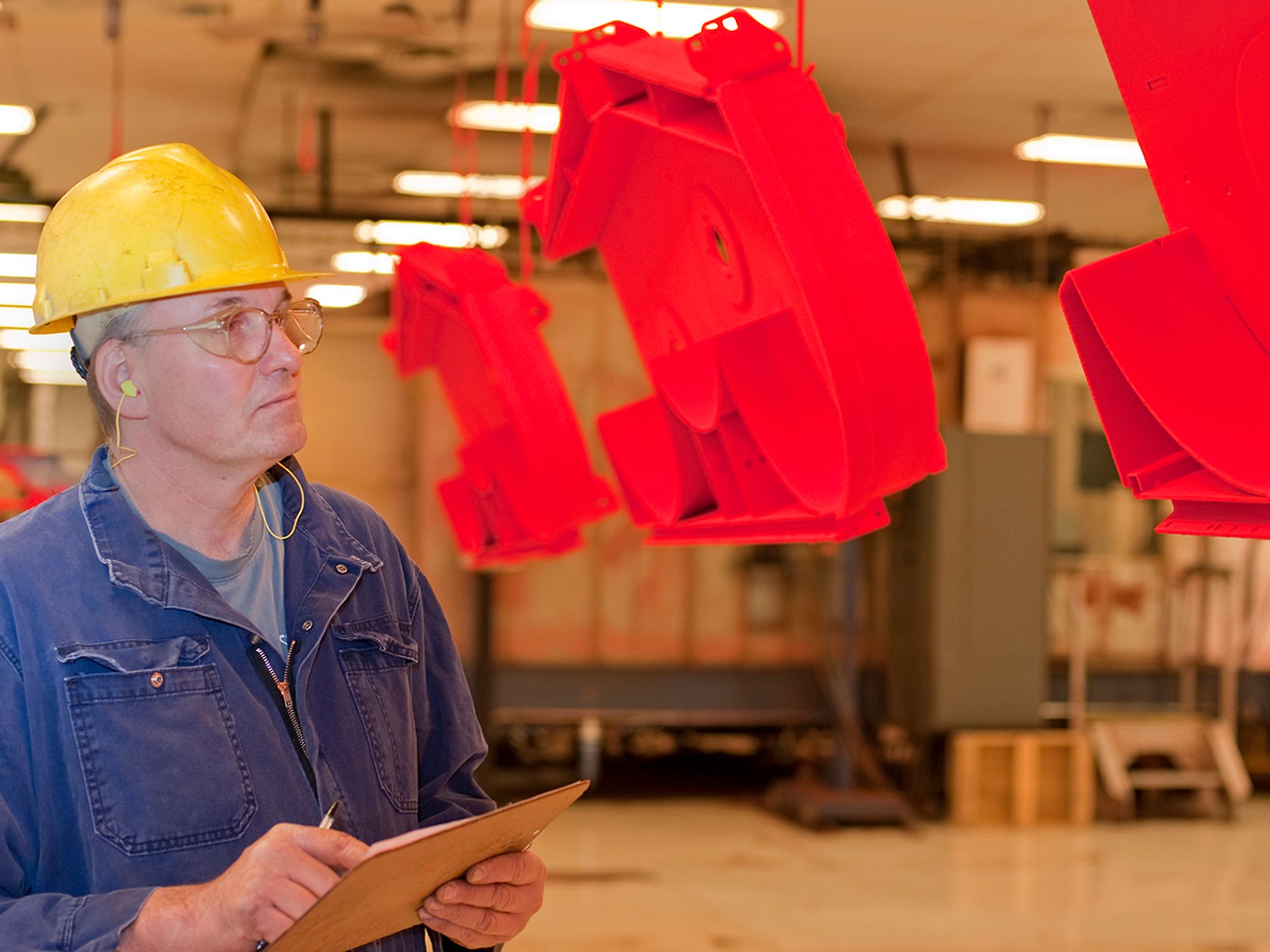Prioritizing risks and implementing controls

- Employers must evaluate the hazards found in the workplace and prioritize them so those with the greatest risk (in severity, high likelihood of occurrence, or both) are addressed first.
- A hazard control plan identifies workplace hazards and describes steps that will be taken to prevent and control them. Once a plan is in place, it must be implemented, evaluated for effectiveness, and updated as needed.
Employers must assess and understand the hazards identified and the types of incidents that could result from worker exposure to those hazards. This information can be used to develop interim controls and to prioritize hazards for permanent control. Employers will need to:
- Evaluate each hazard by considering the severity of potential outcomes, the likelihood that an event or exposure will occur, and the number of workers who might be exposed.
- Use interim control measures to protect workers until more permanent solutions can be implemented.
- Prioritize the hazards so that those presenting the greatest risk are addressed first. Note, however, that employers have an ongoing obligation to control all serious recognized hazards and to protect workers.
Developing and updating a hazard control plan
A hazard control plan describes the steps that will be taken to prevent and control the hazards identified. An effective plan will address serious hazards first. Interim controls may be necessary, but the overall goal is to ensure effective long-term hazard control. Employers should track progress toward completing the control plan and periodically verify that controls remain effective. This may include:
- Listing the hazards needing controls in order of priority.
- Assigning responsibility for installing or implementing the controls to a specific person or persons with the power or ability to implement the controls.
- Establishing a target completion date.
- Planning how to track progress toward completion.
- Planning how to verify the effectiveness of controls after they are installed or implemented.
Implementing selected controls
Once hazard prevention and control measures have been identified, they should be implemented according to the hazard control plan. This will include:
- Implementing hazard control measures according to the priorities established in the hazard control plan.
- When resources are limited, implementing measures on a “worst-first” basis, according to the hazard ranking priorities (risk) established during hazard identification and assessment. Note that, regardless of limited resources, employers have an obligation to protect workers from recognized, serious hazards.
- Promptly implementing any measures that are easy and inexpensive (e.g., general housekeeping, removal of obvious tripping hazards, basic lighting) regardless of the level of hazard they involve.
